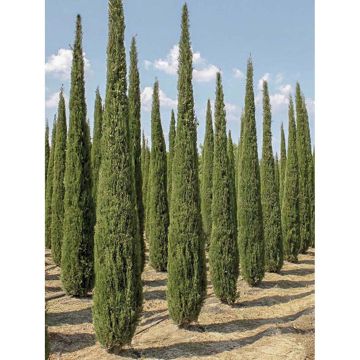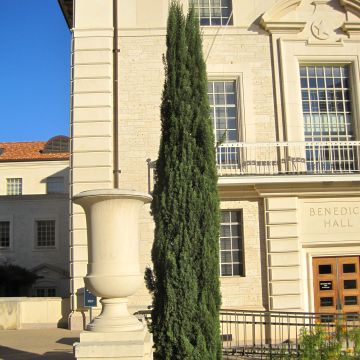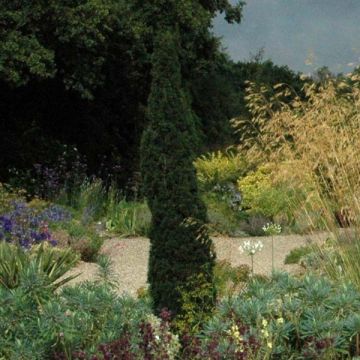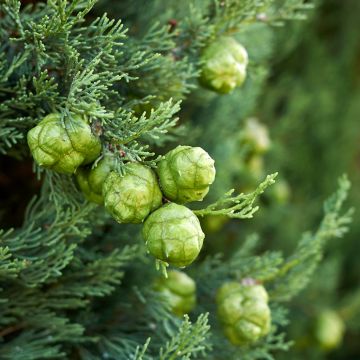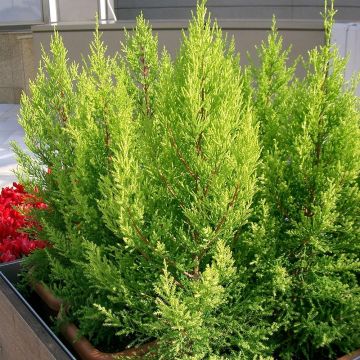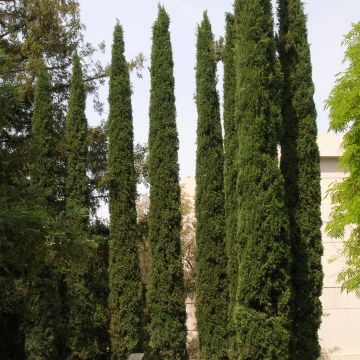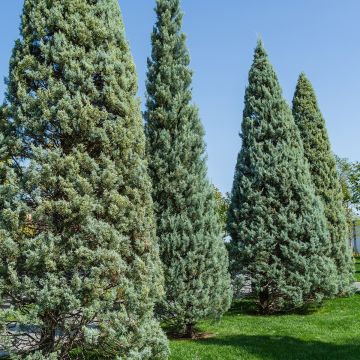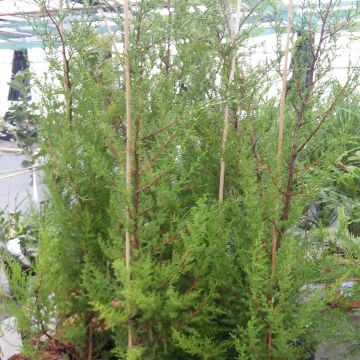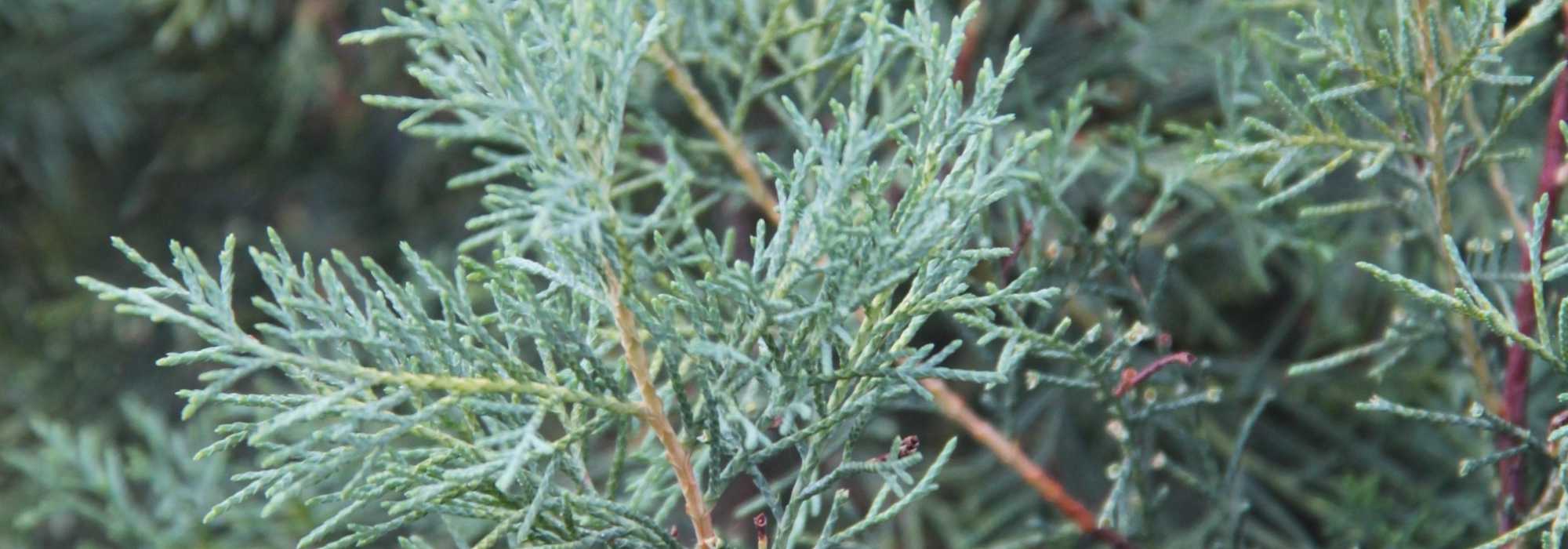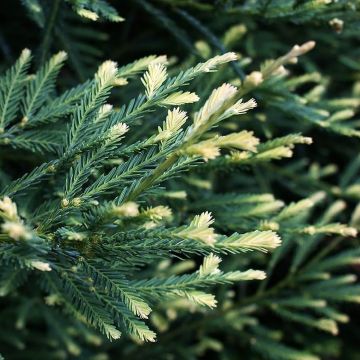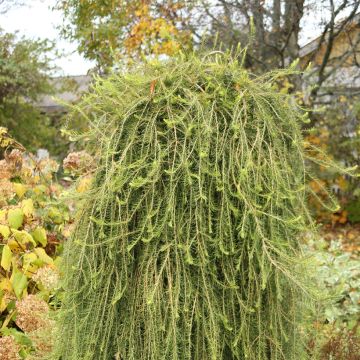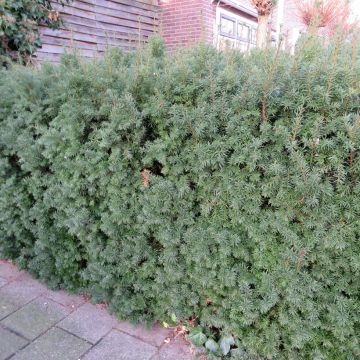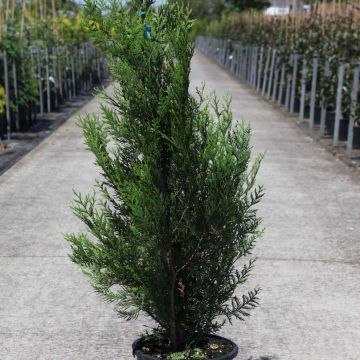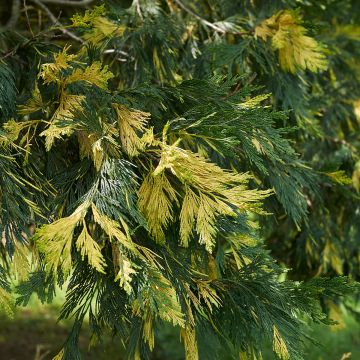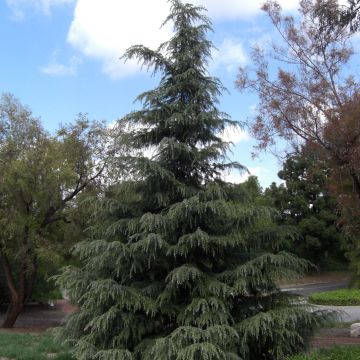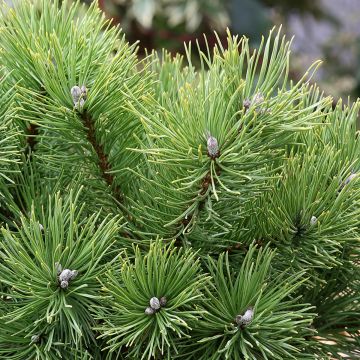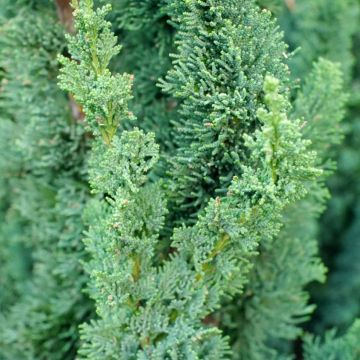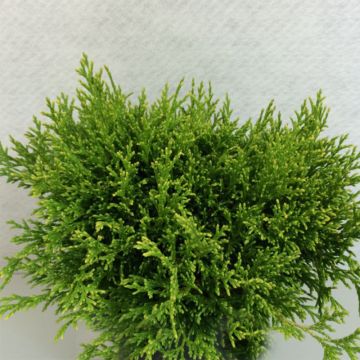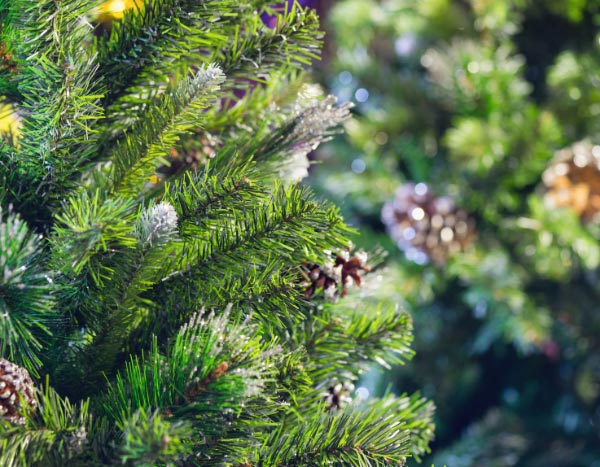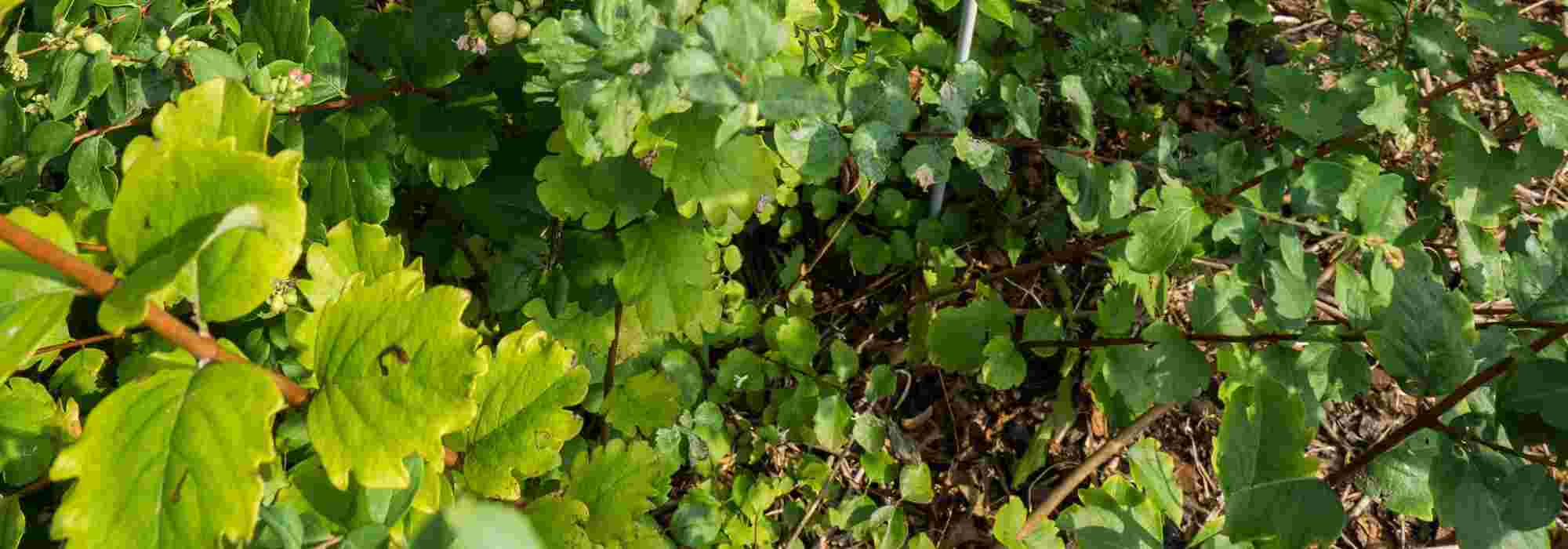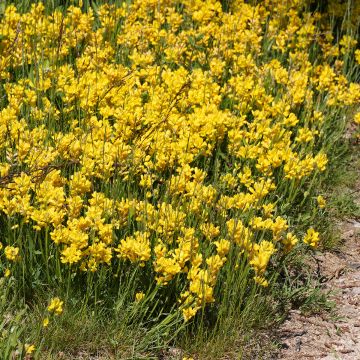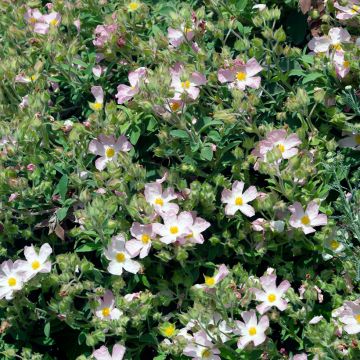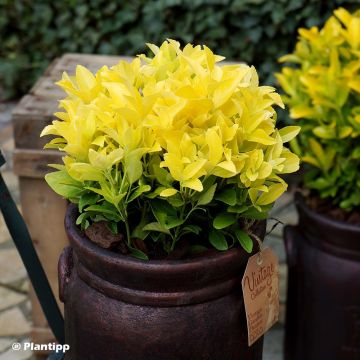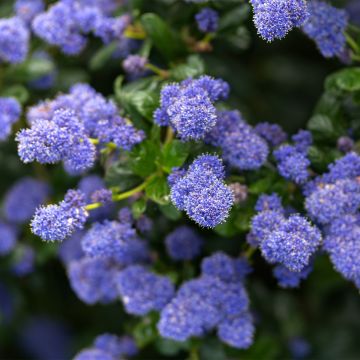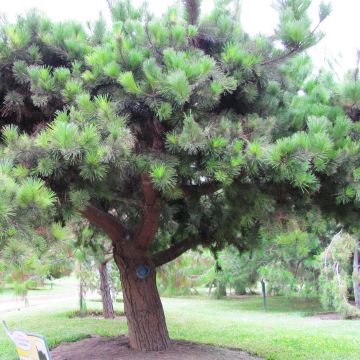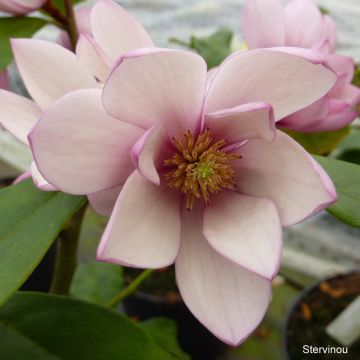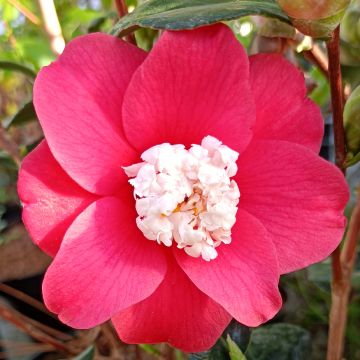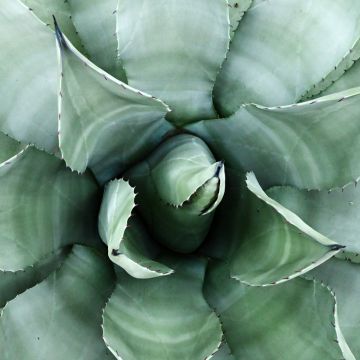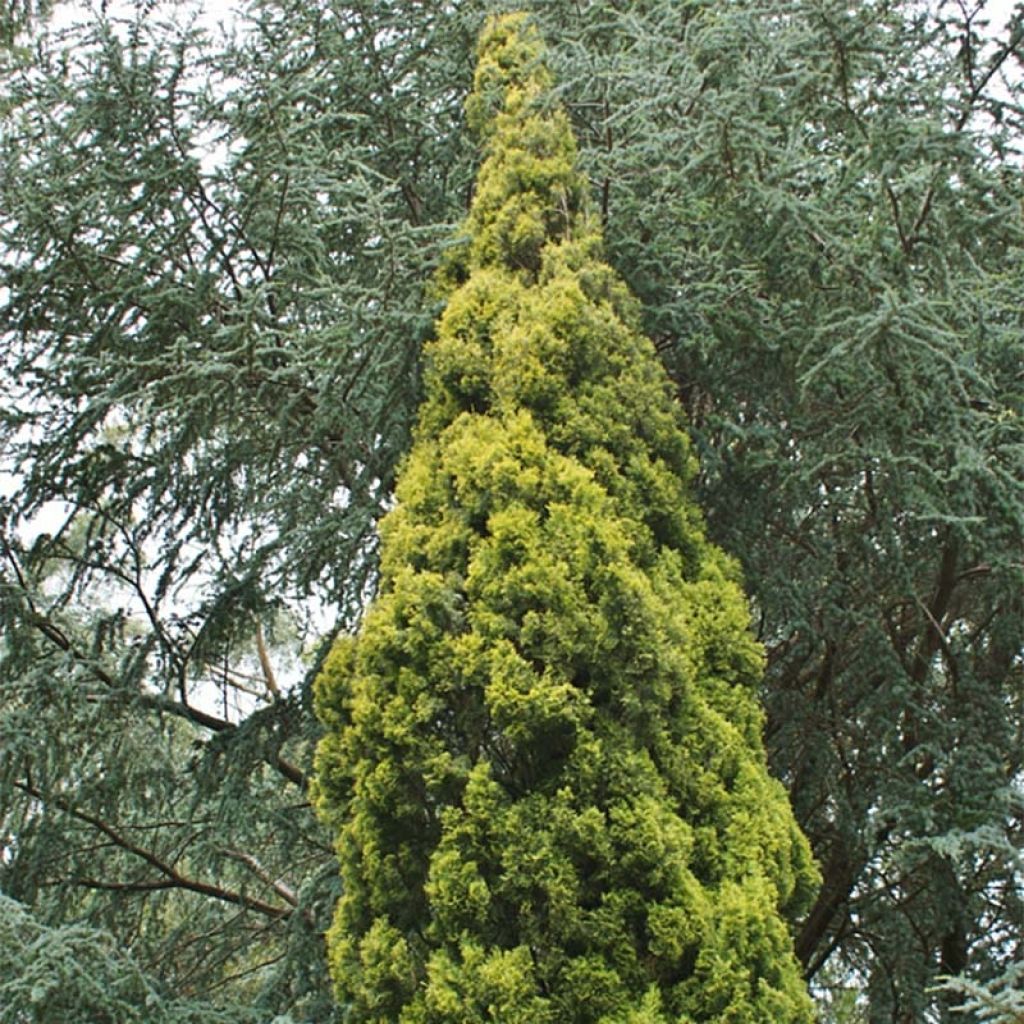

Cupressus sempervirens Swane's Gold
Cupressus sempervirens Swane's Gold
Cupressus sempervirens Swane's Gold
Mediterranean Cypress, Italian Cypress, Pencil Pine
Special offer!
Receive a €20 voucher for any order over €90 (excluding delivery costs, credit notes, and plastic-free options)!
1- Add your favorite plants to your cart.
2- Once you have reached €90, confirm your order (you can even choose the delivery date!).
3- As soon as your order is shipped, you will receive an email containing your voucher code, valid for 3 months (90 days).
Your voucher is unique and can only be used once, for any order with a minimum value of €20, excluding delivery costs.
Can be combined with other current offers, non-divisible and non-refundable.
Why not try an alternative variety in stock?
View all →This plant carries a 24 months recovery warranty
More information
We guarantee the quality of our plants for a full growing cycle, and will replace at our expense any plant that fails to recover under normal climatic and planting conditions.
Does this plant fit my garden?
Set up your Plantfit profile →
Description
Cupressus sempervirens 'Swane's Gold' is a variety of Cypress tree that is exceptional for its golden foliage. With a naturally narrow habit, this evergreen conifer forms a bright and decorative column throughout the year. It grows rapidly during its early years and can live for 500 years, eventually developing the characteristic silhouette that marks the Mediterranean landscapes. This Cypress is perfect for framing an entrance, bordering a long pathway, or structuring a large flowerbed. It is a valuable tree for southern gardens as it can tolerate rocky and poor soils, drought, and strong winds.
Cupressus sempervirens is a species of the cypress family that is believed to be native to Asia but has been acclimatised to Mediterranean regions for a long time due to its excellent adaptation to drought, wind, and poor soils. In nature, it is found in dry and open forests, usually on limestone soil. It is similar to Chamaecyparis but differs in its rounded branchlets arranged in clusters around the main axis, and its larger cones with woody scales. Like many cypresses, it does not appreciate pruning, which promotes and spreads the diseases that can affect these conifers.
'Swane's Gold' is a seedling of the 'Stricta' form, discovered in the Swane brothers' nursery located in New South Wales, Australia. It was introduced to the market in 1956. 'Stricta' is found in the wild among populations of cypresses with a wider habit. It is a natural mutation that has upright branches and produces fruits. Interestingly, some of its offspring have a very horizontal habit, which is why they are called C.sempervirens var. horizontalis.
'Swane's Gold' is a tall and narrow form, reaching a height of 10m or more, with a spread of 2m. At the age of 10, under good conditions, it will reach about 3m high and 30cm wide. Its annual growth is estimated at 30cm. This variety produces fruits, which can weigh down and widen the branches, resulting in a slightly dishevelled, but still charming silhouette. This cypress has aromatic foliage, made up of small blunt leaves with resinous glands, overlapping on short branchlets that are themselves arranged on upright branches. Its young spring foliage is strongly yellow, gradually turning chartreuse green in summer, and sometimes bronze to orange hues in winter if temperatures are low enough. Like all common cypresses, its wood is highly fragrant and reveals resin under a thin and fissured brown-grey bark. It has a tap root, allowing it to anchor deeply in the soil to draw water and nutrients and withstand even strong winds. Its hardiness is quite good in well-drained soil, around -12°C/-14°C once mature. However, its tall shape does not tolerate the weight of snow, which can permanently deform it!
The 'Swane's Gold' Cypress is perfect for framing an entrance, planted in groups of three, as was once customary in Provence, as a sign to welcome visitors and a beacon for lost travellers indicating a human and welcoming presence, fresh water, or a warm fire in the hearth. It is a boon for gardens on limestone plateaus with rocky soil, where few trees thrive and its majestic habit uniquely structures a contemporary, Italian, or Mediterranean garden. It can also be used as a standalone specimen, surrounded by grey foliage (Artemisia, lavender, Perovskia atriplicifolia 'Blue Spire') or dwarf conifers with a rounded or prostrate habit, or even in a row along a grand pathway.
The Cypress of Provence symbolises immortality. Its fragrant wood, which was once present in all funeral rites, was also burned as incense.
Cupressus sempervirens Swane's Gold in pictures
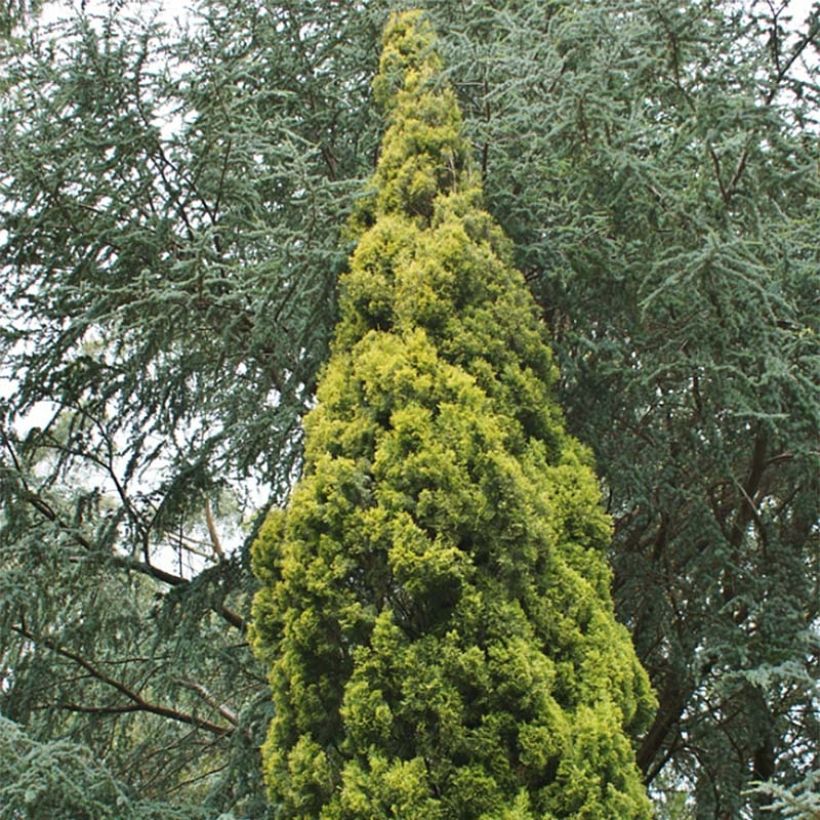

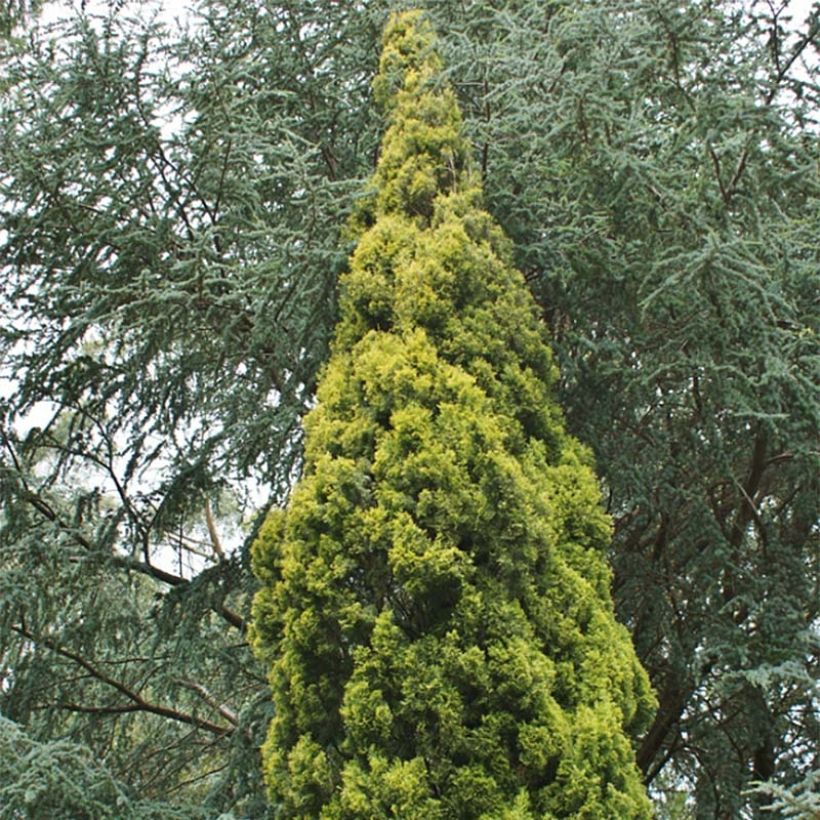

Plant habit
Flowering
Foliage
Safety measures
Botanical data
Cupressus
sempervirens
Swane's Gold
Cupressaceae
Mediterranean Cypress, Italian Cypress, Pencil Pine
Mediterranean
atteinterespiratoire
Cette plante peut entraîner des symptômes allergiques.
Evitez de la planter si vous ou vos proches souffrez de rhinite saisonnière ("rhume des foins").
Davantage d'informations sur https://plantes-risque.info
Other Cupressus
View all →Planting and care
Plant the Swane's Gold Cypress in a sunny location in well-drained, poor soil, even very rocky, as its taproot will find a crack and widen it to go down and find water, often present in the subsoil of limestone formations. It is better to grow it in areas with not too harsh winters, as its foliage is damaged from -12°C. This plant theoretically survives without problems to at least -10°C, but this can be different in compact, clayey soil saturated with water in winter, as is the case for many Mediterranean plants. The adaptation of the sempervirens species to limestone and strong winds makes it a strong element of the Mediterranean landscape. Do not plant hedges too tightly, to ensure good ventilation. This conifer is subject to canker (a pathogenic fungus), so pruning should be avoided and especially avoid large pruning wounds. If you do need to prune, seal the cut branches. Its most common parasites are red spiders, aphids, scale insects, and jewel beetles, which are virulent in hot and dry weather; it is a good idea to spray the foliage with water in hot and dry weather to prevent mite proliferation. Gently shake the snow-covered vegetation to prevent it from being permanently deformed.
Planting period
Intended location
Care
Planting & care advice
This item has not been reviewed yet - be the first to leave a review about it.
Similar products
Haven't found what you were looking for?
Hardiness is the lowest winter temperature a plant can endure without suffering serious damage or even dying. However, hardiness is affected by location (a sheltered area, such as a patio), protection (winter cover) and soil type (hardiness is improved by well-drained soil).

Photo Sharing Terms & Conditions
In order to encourage gardeners to interact and share their experiences, Promesse de fleurs offers various media enabling content to be uploaded onto its Site - in particular via the ‘Photo sharing’ module.
The User agrees to refrain from:
- Posting any content that is illegal, prejudicial, insulting, racist, inciteful to hatred, revisionist, contrary to public decency, that infringes on privacy or on the privacy rights of third parties, in particular the publicity rights of persons and goods, intellectual property rights, or the right to privacy.
- Submitting content on behalf of a third party;
- Impersonate the identity of a third party and/or publish any personal information about a third party;
In general, the User undertakes to refrain from any unethical behaviour.
All Content (in particular text, comments, files, images, photos, videos, creative works, etc.), which may be subject to property or intellectual property rights, image or other private rights, shall remain the property of the User, subject to the limited rights granted by the terms of the licence granted by Promesse de fleurs as stated below. Users are at liberty to publish or not to publish such Content on the Site, notably via the ‘Photo Sharing’ facility, and accept that this Content shall be made public and freely accessible, notably on the Internet.
Users further acknowledge, undertake to have ,and guarantee that they hold all necessary rights and permissions to publish such material on the Site, in particular with regard to the legislation in force pertaining to any privacy, property, intellectual property, image, or contractual rights, or rights of any other nature. By publishing such Content on the Site, Users acknowledge accepting full liability as publishers of the Content within the meaning of the law, and grant Promesse de fleurs, free of charge, an inclusive, worldwide licence for the said Content for the entire duration of its publication, including all reproduction, representation, up/downloading, displaying, performing, transmission, and storage rights.
Users also grant permission for their name to be linked to the Content and accept that this link may not always be made available.
By engaging in posting material, Users consent to their Content becoming automatically accessible on the Internet, in particular on other sites and/or blogs and/or web pages of the Promesse de fleurs site, including in particular social pages and the Promesse de fleurs catalogue.
Users may secure the removal of entrusted content free of charge by issuing a simple request via our contact form.
The flowering period indicated on our website applies to countries and regions located in USDA zone 8 (France, the United Kingdom, Ireland, the Netherlands, etc.)
It will vary according to where you live:
- In zones 9 to 10 (Italy, Spain, Greece, etc.), flowering will occur about 2 to 4 weeks earlier.
- In zones 6 to 7 (Germany, Poland, Slovenia, and lower mountainous regions), flowering will be delayed by 2 to 3 weeks.
- In zone 5 (Central Europe, Scandinavia), blooming will be delayed by 3 to 5 weeks.
In temperate climates, pruning of spring-flowering shrubs (forsythia, spireas, etc.) should be done just after flowering.
Pruning of summer-flowering shrubs (Indian Lilac, Perovskia, etc.) can be done in winter or spring.
In cold regions as well as with frost-sensitive plants, avoid pruning too early when severe frosts may still occur.
The planting period indicated on our website applies to countries and regions located in USDA zone 8 (France, United Kingdom, Ireland, Netherlands).
It will vary according to where you live:
- In Mediterranean zones (Marseille, Madrid, Milan, etc.), autumn and winter are the best planting periods.
- In continental zones (Strasbourg, Munich, Vienna, etc.), delay planting by 2 to 3 weeks in spring and bring it forward by 2 to 4 weeks in autumn.
- In mountainous regions (the Alps, Pyrenees, Carpathians, etc.), it is best to plant in late spring (May-June) or late summer (August-September).
The harvesting period indicated on our website applies to countries and regions in USDA zone 8 (France, England, Ireland, the Netherlands).
In colder areas (Scandinavia, Poland, Austria...) fruit and vegetable harvests are likely to be delayed by 3-4 weeks.
In warmer areas (Italy, Spain, Greece, etc.), harvesting will probably take place earlier, depending on weather conditions.
The sowing periods indicated on our website apply to countries and regions within USDA Zone 8 (France, UK, Ireland, Netherlands).
In colder areas (Scandinavia, Poland, Austria...), delay any outdoor sowing by 3-4 weeks, or sow under glass.
In warmer climes (Italy, Spain, Greece, etc.), bring outdoor sowing forward by a few weeks.






























